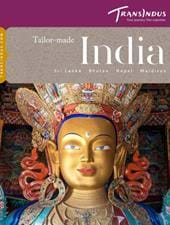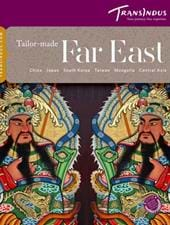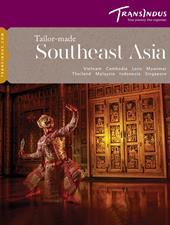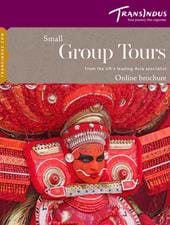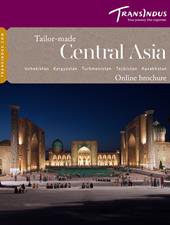When to Travel:
Much of the Silk Road passes through Central Asia and covers regions of extreme landscapes, including deserts and mountains. Between the lowest point at 132m (433ft) below sea level to peaks over 7,000m (23,000ft) high, the weather varies from one extreme to another as travel across the zones from scorching hot summers and freezing winters. By rule of thumb, Spring and autumn (May and September) are the best seasons to visit, as temperatures are milder and conditions perfect for travel.
The weather is not an issue if you visit either the lowlands or the highlands, but if you combine both, you may need to prepare for cold and warm weather.
Uzbekistan, Kazakhstan, Turkmenistan, and Tajikistan, which are in the lowlands, have agreeable springlike weather from March to May and September to November. On the other hand, Kazakhstan is essentially Siberia, with sweltering summers and winters that last a month longer at either end.
Kyrgyzstan's mountainous areas, particularly the Pamir Highway, are best visited in the summer from mid-June until mid-September.
Novruz, the Persian New Year, a significant time of celebration and feasting, falls on 21 March each year. It is a time when the whole Silk Road region, including the nomadic dwellers, take a week off to gather and burst into song and dance, eat special dishes and engage in horse games of all manner and kind. It is an exceptional time to visit. Kazakhstan, however, is still cold, but Uzbekistan and Turkmenistan can be visited for a festive Nowruz tour. In Kyrgyzstan and Tajikistan, Nowruz is a snowy affair and bet avoided.
Remember that some mountain passes, like the Tougrat Pass and sections of the motorable Pamir Highway, may be closed from October to March, depending on the weather. It is also sensible to avoid travelling during Ramadan, a religious holiday during which people fast.
Visas:
You will be pleased to know that tourists can travel visa-free to most Central Asian nations, making multicounty touring and crossing borders relatively easy.
While Tajikistan requires, it is an easily obtained online E-visa. On the other hand, Turkmenistan requires a personal visit to the embassy in London. It must be applied well in advance, as the application is referred to Ashgabat for approval before issuing
Where to stay:
As the popularity of the Silk Road and Central Asia has grown, so has the choice of hotels, from pleasant standard-grade hotels, homestays, yurts, and Gers and increasing to grand luxury hotels in the larger cities. Our favourite properties are the converted Madrasas, housed within cultural hubs that provide the most memorable and experiential stays.
Community-based tourism is rather popular and easily accessible in more rural places and thoroughly enjoyable with exceptional food prepared by your hosts. It's a great way to stay with locals and become familiar with their culture as you travel.
Foods to try:
The nomadic heritage of Central Asian Silk Road countries has limited opportunities for farming grains, pulses, and vegetables. Hence, the cuisine revolves mainly around meat and is limited to a few dishes widely eaten throughout the region. These essentially include plov, fragrant rice fried with chicken and topped with raisins, saffron, and pine nuts; Manti dumplings; shish kebab; shashlik, and barbequed meat; and an incredible array of dairy products made from cow, goat, horse, and camel milk.
You should look out for regional variations like Beshbarmak in Kazakhstan and Kyrgyzstan, a meat-based dish served with homemade pasta and an onion sauce and Kazy, a kind of speciality sausage made with horsemeat and revered as the national dish of both these countries.
Try Kozhe, a cold soup of fermented milk and barley in Uzbekistan, with some fresh, warm Lepyoshka or local flatbread. Turkmenistan offers some excellent meat pies, and in Tajikistan, you should seek out Qurutob, a delightful fresh salad mixed with yoghurt.
Vegetarians and Vegans, in particular, may find the cuisine challenging. Still, meat-free options are available, particularly in restaurants in the larger cities. The bazaars are full of delicious melons, pomegranates, nuts, and other fruits and vegetables in spring and summer.
The last word:
Finally, when touring the Silk Road, it's best to carry a well-stocked first-aid kit, a good-quality water bottle, lightweight clothing adaptable to changing temperatures, a hat, sunscreen, a power bank, a comprehensive guidebook, a phrasebook for local languages, and a camera to capture the rich cultural sights and landscapes.
Remember to respect local customs by dressing appropriately and being mindful of cultural sensitivities across different regions.
For more details about your travels to the region
Please speak to our Specialists on 020 8566 3739
